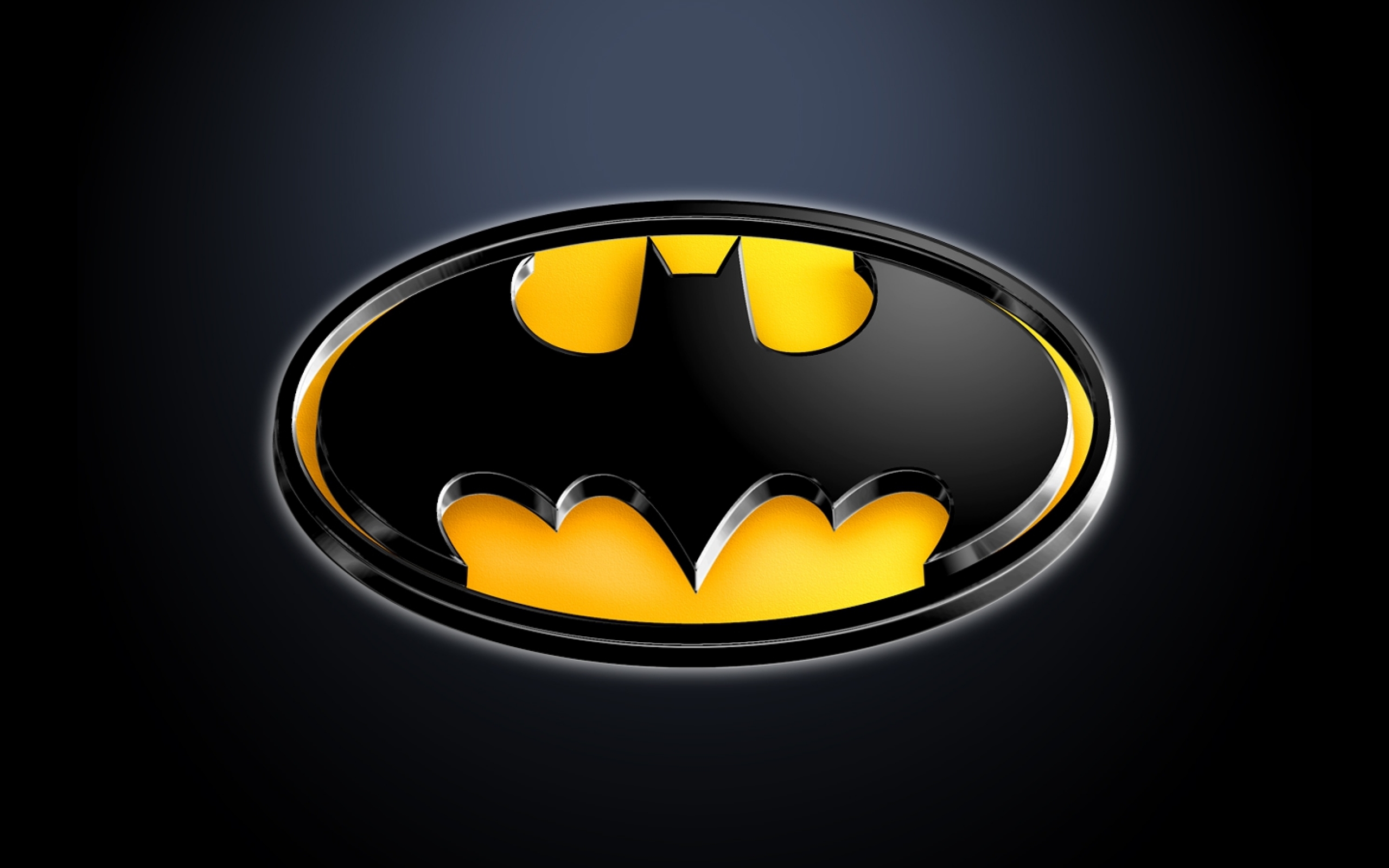“In the shadowed heart of Gotham City, a silent guardian emerges from the depths of the night, a symbol of justice and fear. The bat soars through the inky darkness, its wings a symbol of hope for a city in despair. In a world plagued by crime and corruption, one man stands alone, a vigilant protector of the innocent. He is the Dark Knight, a symbol of unyielding resolve and unwavering determination. The bat signal pierces the obsidian sky, a beacon of hope in a city that never sleeps, for when darkness falls, the Batman rises.”
For over eight decades, Batman has reigned as one of the most iconic and influential characters in the world of pop culture. Created by artist Bob Kane and writer Bill Finger, Batman made his debut in Detective Comics #27 in May 1939. Since then, the Dark Knight has evolved into more than just a comic book character; he has become a symbol of resilience, justice, and the human spirit. In this article, we’ll delve into the enduring influence of Batman on pop culture and explore the many ways in which the Caped Crusader has left an indelible mark on our world.
The Birth of a Legend
Before we explore Batman’s influence on pop culture, it’s essential to understand the character’s origins. Batman, whose alter ego is billionaire playboy Bruce Wayne, witnessed the murder of his parents as a child, which served as the driving force behind his transformation into a crime-fighting vigilante. Unlike other superheroes, Batman possesses no superhuman abilities. Instead, he relies on his intellect, physical prowess, and a vast array of gadgets to battle crime in the fictional Gotham City.
Batman’s early stories were dark and gritty, reflecting the harsh realities of the 1930s and ’40s. This darker tone set Batman apart from other comic book characters of the time and laid the foundation for his future evolution.

The Comics That Started It All
Batman’s initial success in comic books paved the way for his enduring presence in the medium. Detective Comics, later renamed Batman, became a staple of American comic book culture. Batman’s adventures offered readers a unique blend of crime drama, noir elements, and morality tales. His iconic rogues’ gallery, featuring villains like the Joker, Two-Face, and the Riddler, added depth and complexity to his stories.
As the decades passed, Batman comics continued to innovate, introducing new characters like Robin, Batgirl, and Catwoman. These characters expanded the Batman mythos and contributed to the character’s lasting appeal.
Batman on the Silver Screen
Batman’s influence on pop culture transcended the pages of comic books and extended to the silver screen. In 1966, the campy and colorful “Batman” television series starring Adam West and Burt Ward became a pop culture phenomenon. While the show embraced a lighter tone than the comics, it introduced Batman to a wider audience and left an indelible mark on popular culture.
However, it was Tim Burton’s 1989 film, “Batman,” starring Michael Keaton as the titular character, that redefined Batman for a new generation. Burton’s dark and gothic interpretation of Gotham City, combined with Keaton’s brooding portrayal of Batman, set the tone for a more mature and complex Batman on screen. This film’s success marked the beginning of a new era for superhero movies and demonstrated Batman’s ability to adapt to changing cultural contexts.

The Dark Knight Trilogy
Christopher Nolan’s “The Dark Knight Trilogy,” which began with “Batman Begins” in 2005 and concluded with “The Dark Knight Rises” in 2012, elevated Batman to unprecedented heights in the world of cinema. These films, starring Christian Bale as Batman, delved deep into the psychology of the character and explored complex themes of morality, fear, and sacrifice.
Heath Ledger’s iconic performance as the Joker in “The Dark Knight” received widespread acclaim and posthumously earned him an Academy Award. The film’s success demonstrated Batman’s continued relevance and ability to engage audiences in thought-provoking ways.
A Global Icon
Batman’s influence is not limited to North America; it’s a global phenomenon. The character’s symbol—a stylized bat—is recognized worldwide. Batman’s appeal transcends language and cultural barriers, making him a universally recognized symbol of justice and heroism.
Merchandising and Licensing
Batman’s popularity has led to a vast array of merchandise and licensing opportunities. From action figures and video games to clothing and collectibles, the Batman brand is a lucrative one. The iconic Bat-Signal, a symbol of hope in Gotham City, has also become a recognizable emblem associated with the character.
The Animated Legacy
In addition to live-action adaptations, Batman has left a lasting mark on animation. “Batman: The Animated Series,” which aired in the early 1990s, is often regarded as one of the greatest animated series of all time. Its dark and mature storytelling captivated both children and adults, solidifying Batman’s status as a multifaceted character with broad appeal.
This success paved the way for numerous other animated adaptations, including “Justice League,” “Batman Beyond,” and “Batman: The Brave and the Bold.” Each of these series contributed to Batman’s ongoing presence in pop culture and introduced new generations to the character.


Video Games
Batman’s influence extends to the world of video games as well. The critically acclaimed “Batman: Arkham” series, which began with “Batman: Arkham Asylum” in 2009, immersed players in the dark and immersive world of Gotham City. These games offered players the chance to step into Batman’s shoes and experience his world from a first-person perspective.
Conclusion
Batman’s influence on pop culture is undeniable and continues to thrive. From comic books to movies, television shows, merchandise, and more, the Caped Crusader has left an indelible mark on our world. Batman’s enduring appeal lies in his complexity as a character, his relatability as a symbol of resilience, and his ability to adapt to changing cultural contexts. As long as there is injustice in the world, Batman will remain a beacon of hope and a powerful force for good in the realm of pop culture. Happy Batman Day!



